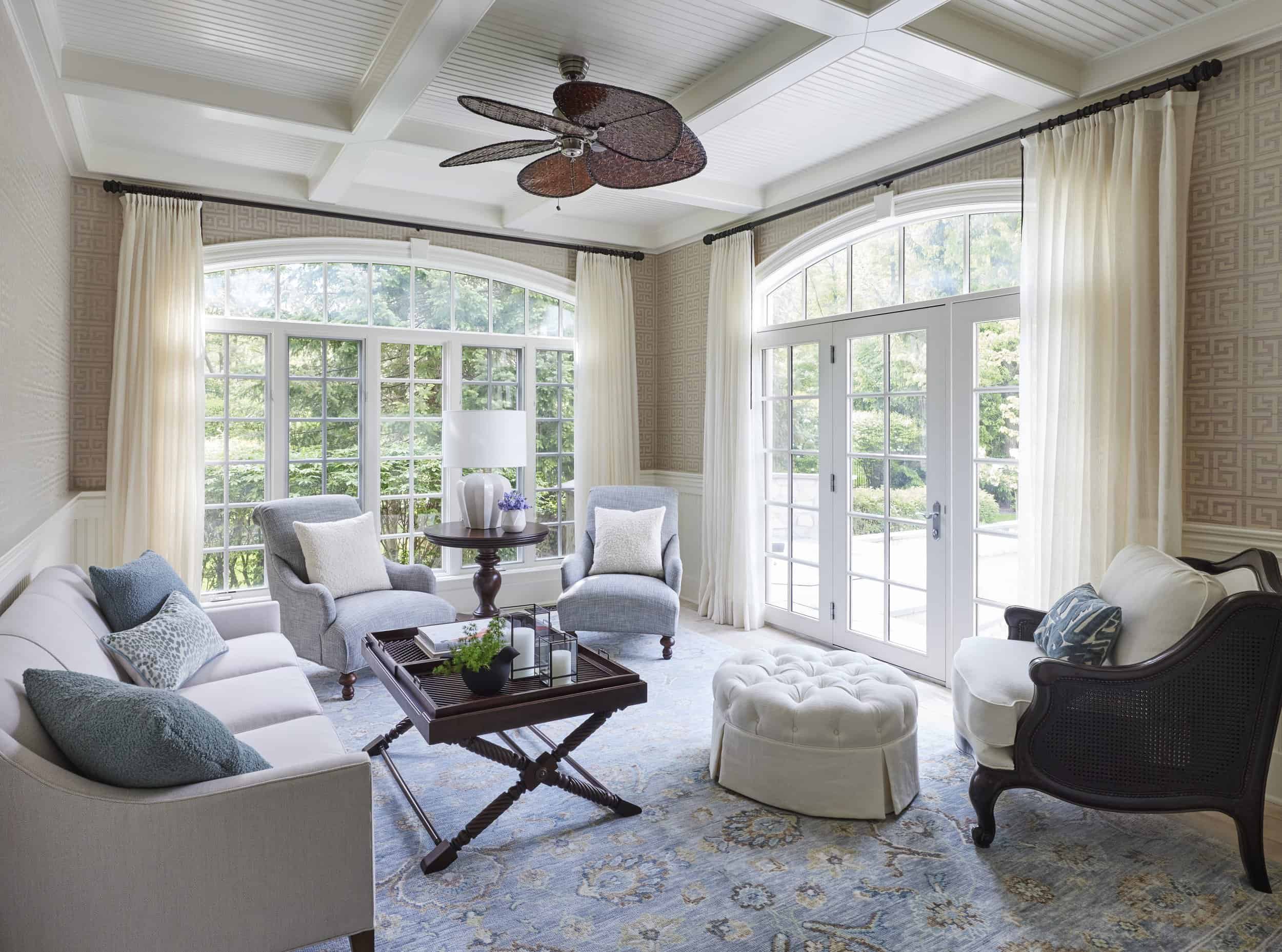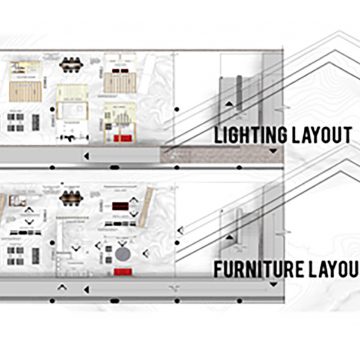Interior Styling Services Near Me: Personalized Solutions for Every Style
Interior Styling Services Near Me: Personalized Solutions for Every Style
Blog Article
The Art of Balance: Exactly How Interior Design and Home Designer Collaborate for Stunning Results
In the realm of home layout, striking an equilibrium in between appearances and capability is no tiny task. This fragile stability is attained via the unified partnership between interior developers and engineers, each bringing their one-of-a-kind proficiency to the table. Stay with us as we discover the details of this collective process and its transformative impact on home design.
Understanding the Core Distinctions Between Interior Decoration and Home Style
While both Interior Design and home design play essential duties in producing visually pleasing and functional rooms, they are inherently different self-controls. Home design mainly concentrates on the architectural aspects of the home, such as constructing codes, security policies, and the physical construction of the area. It manages the 'bones' of the structure, dealing with spatial dimensions, load-bearing wall surfaces, and roof covering styles. On the various other hand, Interior Design is more worried with improving the visual and sensory experience within that structure. It entails picking and arranging furniture, picking color systems, and integrating decorative aspects. While they operate in tandem, their functions, duties, and areas of experience deviate considerably in the development of an unified home environment.
The Synergy In Between Home Style and Interior Design
The synergy in between home style and Interior Design exists in a shared vision of style and the enhancement of useful visual appeals. When these 2 fields align harmoniously, they can change a space from regular to amazing. This cooperation calls for a much deeper understanding of each self-control's concepts and the capability to develop a natural, cosmetically pleasing setting.
Unifying Design Vision
Merging the vision for home style and interior style can produce a harmonious living area that is both useful and visually pleasing. It promotes a collaborating method where architectural aspects complement indoor design parts and vice versa. Thus, unifying the layout vision is essential in blending architecture and indoor design for sensational results.
Enhancing Functional Aesthetics
Just how does the synergy in between home architecture and Interior Design boost practical aesthetics? This synergy makes it possible for the production of areas that are not just visually attractive yet also easily usable. Architects prepared with their architectural design, making sure that the space is useful and reliable. The interior designer after that enhances this with thoroughly selected components that boost the appearances without jeopardizing the performance. This unified cooperation can result in homes that are both stunning and livable. An engineer could make a house with large windows and high ceilings. The interior designer can after that emphasize these attributes with tall plants and large drapes, respectively, thus boosting the aesthetic allure while maintaining the useful benefits of all-natural light and spaciousness.
Significance of Collaboration in Creating Balanced Spaces
The partnership between indoor developers and designers is crucial in creating well balanced spaces. It brings consistency between layout and design, bring to life spaces that are not just aesthetically pleasing however also useful. Checking out successful joint methods can provide understandings into exactly how this synergy can be properly achieved.
Integrating Design and Style
Balance, he has a good point an essential element of both Interior Design and design, can just genuinely be achieved when these two areas operate in harmony. This consistency is not just an aesthetic factor to consider; it affects the performance, resilience, and eventually, the livability of a room. Interior designers and engineers must comprehend each various other's roles, respect their expertise, and communicate successfully. They should take into consideration the interaction of structural aspects with decoration, the circulation of rooms, and the impact of light and shade. This collaborative procedure leads to a cohesive, well balanced layout where every element adds and has an objective to the overall aesthetic. Harmonizing design and style is not just about developing lovely spaces, but about crafting spaces that function flawlessly for their inhabitants.
Successful Joint Methods

Case Studies: Effective Combination of Design and Design
Taking a look at several instance research studies, it ends up being noticeable exactly how the successful assimilation of Interior Design and style can transform a space. The Glass Home in Connecticut, renowned for its minimalistic elegance, is one such instance. Designer Philip Johnson and indoor designer Mies van der Rohe teamed up to produce an unified balance in between the interior and the structure, causing a seamless circulation from the exterior landscape to the inner living quarters. One more prototype is the Fallingwater Home in Pennsylvania. Engineer Frank Lloyd Wright and interior designer Edgar Kaufmann Jr.'s collaborative initiatives lead to a stunningly one-of-a-kind house that mixes with its natural environments. These case research studies underline the profound influence of a successful style and style partnership.

Getting Over Difficulties in Design and Style Partnership
Despite the view it now obvious benefits of an effective partnership in between Interior Design and architecture, it is not without its obstacles. Communication find out this here concerns can develop, as both parties might use various terminologies, understandings, and approaches in their work. This can cause misconceptions and hold-ups in job completion. One more significant challenge is the harmonizing act of appearances and performance. Engineers may focus on structural stability and safety, while designers concentrate on comfort and design. The assimilation of these goals can be intricate. Additionally, budget plan and timeline restrictions frequently include stress, possibly causing breaks in the cooperation. Reliable interaction, common understanding, and compromise are important to get over these obstacles and achieve a successful and harmonious partnership.

Future Patterns: The Evolving Connection Between Home Architects and Inside Designers
As the world of home style continues to develop, so does the connection between architects and interior designers. Conversely, indoor designers are welcoming technical aspects, influencing overall layout and functionality. The future assures an extra natural, ingenious, and adaptive strategy to home design, as designers and designers proceed to obscure the lines, promoting a partnership that truly embodies the art of balance.
Conclusion
The art of balance in home style is accomplished via the harmonious cooperation between interior developers and engineers. An understanding of each various other's techniques, efficient communication, and shared vision are critical in producing visually spectacular, practical, and inviting rooms. In spite of challenges, this collaboration promotes growth and innovation in style. As the connection in between home designers and interior developers develops, it will certainly remain to shape future fads, enhancing convenience, effectiveness, and individual expression in our home.
While both indoor design and home design play important duties in creating cosmetically pleasing and functional areas, they are naturally various disciplines.The harmony in between home architecture and indoor layout lies in a common vision of layout and the enhancement of practical aesthetic appeals.Linking the vision for home style and interior design can produce an unified living space that is both practical and cosmetically pleasing. Thus, unifying the design vision is vital in mixing architecture and interior layout for spectacular outcomes.
Just how does the synergy between home design and indoor layout boost functional aesthetic appeals? (Winchester architect)
Report this page